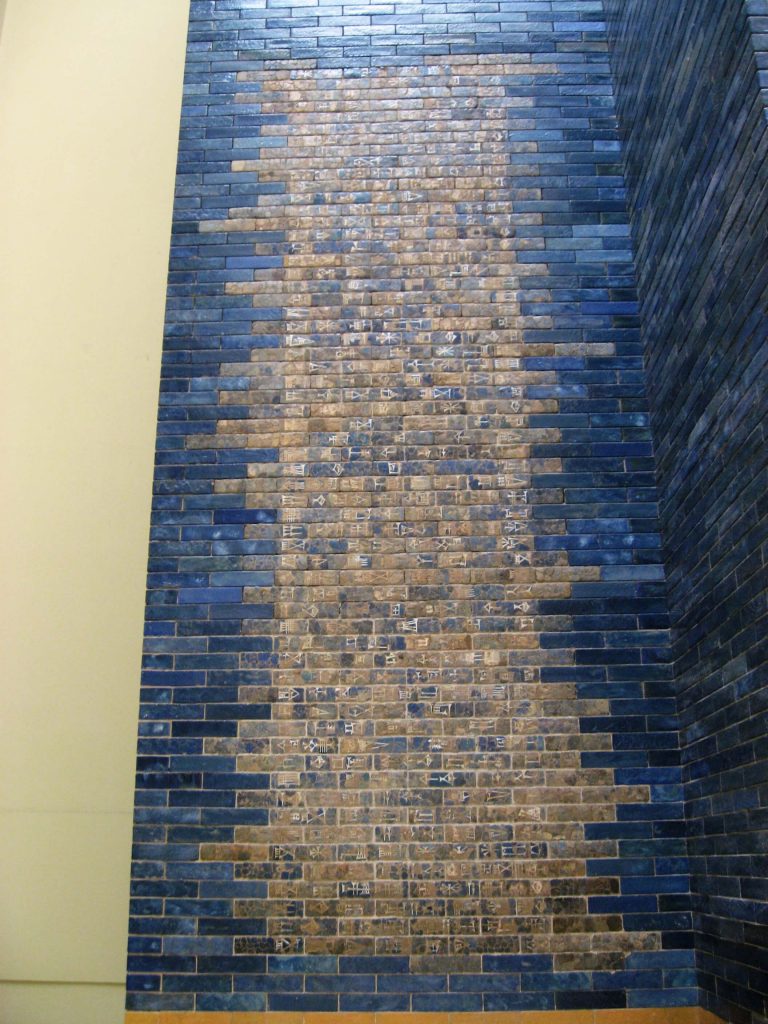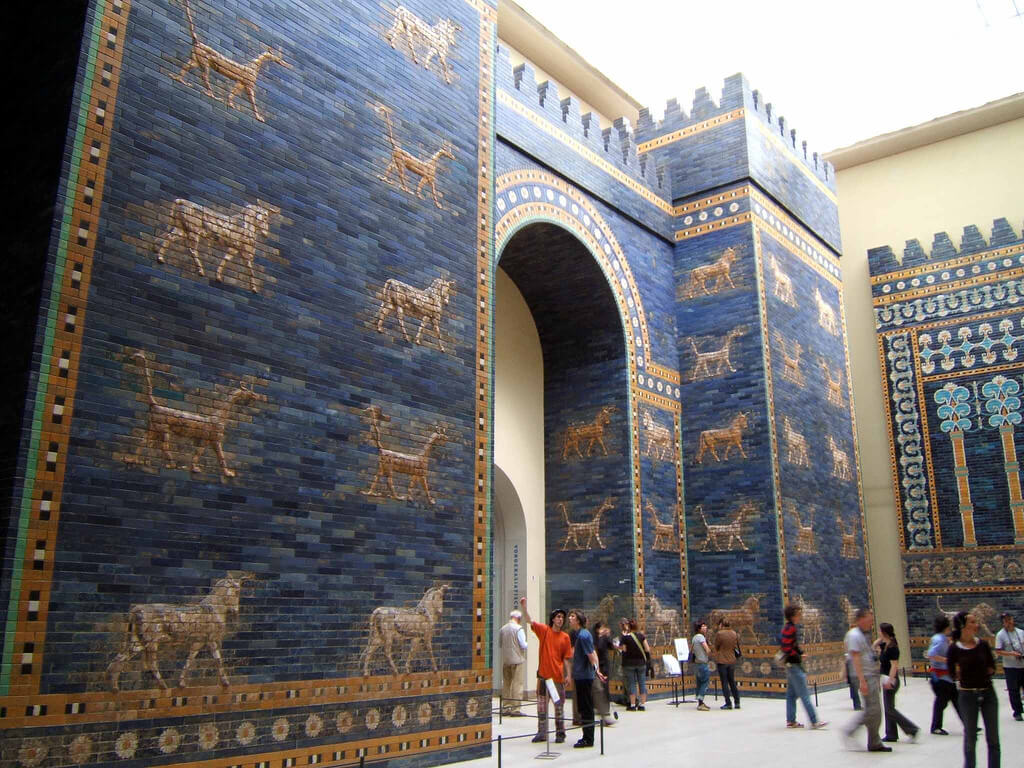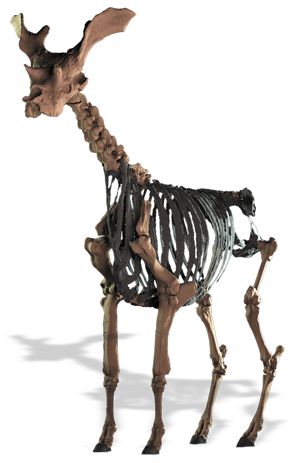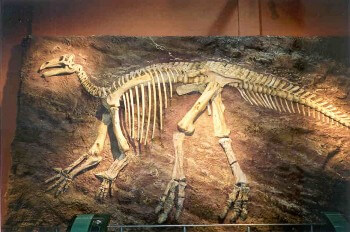In last week’s podcast, Jaz and Anike talked a bit about Marduk’s dragon, Mušḫuššu, and his possible relation to the long-extinct Iguanodon. Since I love finding the intersection of science and mythology, I thought I would dive a little deeper. Also, there are some great pictures of both Mušḫuššu and iguanodons.
So, shall we, Mythsters?
By Any Other Name
First, I want to clear up something. In the episode, Jaz and Anike referred to the dragon we’re speaking of as Mušḫuššu. He is the son of Tiamat, and when Tiamat was slayed by Marduk, he was adopted by Marduk to do his bidding. But like most dragons, Mušḫuššu had more than one name. He was also called Sirrush. (Hence the title of this blog). But where did this come from?
Like our mistakes on the podcast with pronunciation, Sirrush was the miss-translation of Mušḫuššu. Mušḫuššu is not only the name of this particular dragon, but also the word used for dragons in general and an extension of the Assyrian word for serpent. But one of the early transliterations of the word was Sirrush, so this has stuck. But as such, Sirrush would be the external name for this creature while Mušḫuššu would be the actual, native term for it.
Honestly, I can’t really blame the translators. They were working from the Akkadian cuneiform inscription on the wall of the Ishtar Gate. Towards the end, the inscription says, “I placed wild bulls and ferocious dragons in the gateways and thus adorned them with luxurious splendor so that Mankind might gaze on them in wonder.” Take a look:

The Ishtar gate was constructed as the eighth gate to the inner city of Babylon in the sixth century BCE under King Nebuchadnezzar II. It was a double gate, with a processional leading up to it that celebrated Ishtar and Marduk.

The gate was discovered in 1902 in Iraq, and has been reconstructed in Berlin in the 1930s. However, lions, bulls, and dragons from the gate have gone to museums around the world.
Now that we’ve got the name out of the way, what creature are we talking about?
Mušḫuššu’s Form





In the gallery above, you can see several representations of Mušḫuššu. First, the most common depiction from the Ishtar Gate, next a 9th century BCE depiction of the Statue of Marduk, with Mušḫuššu at his feet, an Assyrian seal from the 8th century BCE showing a worshipper between Nabu and Marduk, standing on Mušḫuššu, a vase of Mušḫuššu holding a gate post, and the head of a dragon.
It is somewhat surprising how consistently Mušḫuššu is depicted throughout time. His form doesn’t change even with other cultural influences. Most supernatural creatures undergo several physical changes as the culture that creates them changes. This, along with the fact that Mušḫuššu was found on the Ishtar gate along with other real animals, means it is likely Mušḫuššu was based on a real animal.
But which one?
Possible Inspiration
To me, Mušḫuššu looks an awful lot like the Drakon Indikos we looked at a couple weeks ago. It’s sleek, has bird-like hind legs (the Indikos only had two legs), a long reptilian body, and a horn on the head. If you recall from that post, the Indikos might have been based on many of the bones found in the region including the Sivatherium.
This is interesting because some people think Mušḫuššu may also be based on the Sivatherium. The Sivatherium was like a cross between a huge giraffe and moose that went extinct around 8,000 years ago. It had a relatively sleek body and a long neck, just like our Mušḫuššu. Furthermore, it had the horns on the head that are consistently depicted on images of Mušḫuššu. It was common in Northern Africa and Asia, so its bones would have been near Babylon.


By Dosseman – Own work, CC BY-SA 4.0, https://commons.wikimedia.org/w/index.php?curid=80249023
The main problem with the Sivatherium was that it had four hooves, no bird-like hind legs.
Robert Koldewey, the archeologist who discovered the Ishtar Gate, was the one who thought that since Mušḫuššu was depicted with the lion and the rimi, it must also be a real creature. However, the composite nature of Mušḫuššu gave some issues. What animal is scaly, with feline forelegs and birdlike hind legs? In 1918, he proposed that the Iguanodon may have been the inspiration for Mušḫuššu.
What is the Iguanodon besides an awesomely-named dinosaur? Well, it was a large herbivore with fossils from the Late Jurassic to the Early Cretaceous periods (99-161 million years ago). Their fossils have been found globally, but were first discovered in Europe. It had a horny beak, distinctive hoofed fingers and bird-like hind legs. Sounds like our guy, right?


The main issue is that the Iguanodon doesn’t have a horn on its head. Although early depictions of the Iguanodon placed the horn on its head, it was later discovered what they thought was a horn was actually a thumb. So, we’re lacking the head structure of Mušḫuššu.
For me, I think it is more likely for the Mušḫuššu to have been influenced by a more recently extinct animal rather than the Iguanodon, which would have required them to find and reconstruct fossils. As you can see in this strange science article (omg, definitely check out this Iguanodon resource) the image of Iguanodons has changed drastically since Koldewey’s suggestion that they inspired Mušḫuššu. However, the Sivatherium hasn’t changed as much, except in depictions of coloration. That makes me really think the Sivatherium, not the Iguanodon, inspired Mušḫuššu.
What about you, Mythsters? Any thoughts on the subject?

Be First to Comment